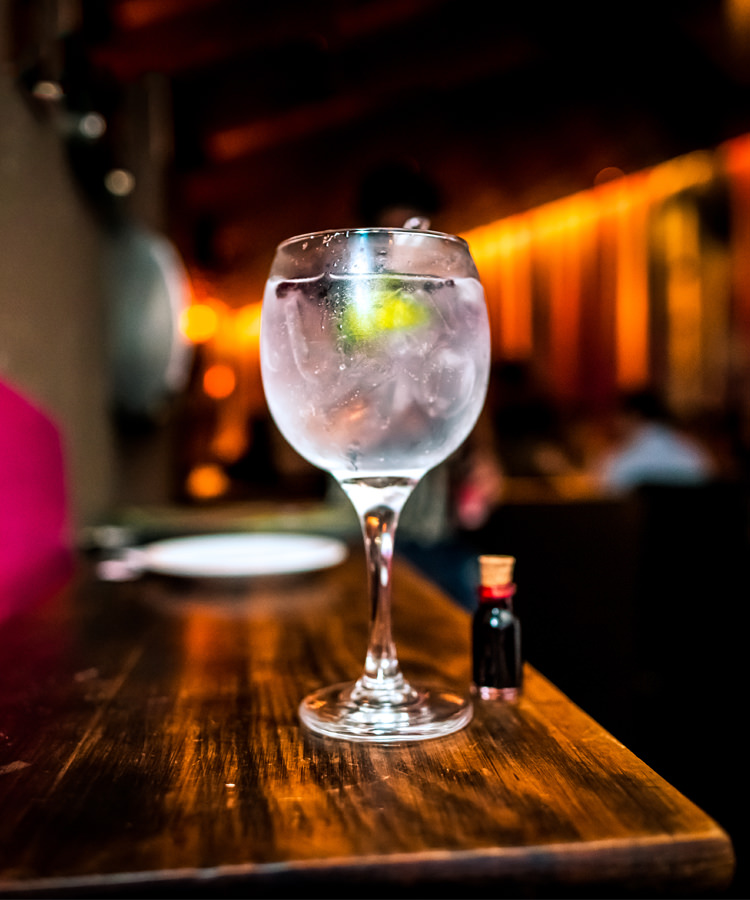Gin is an old spirit — “medicinal” juniper hooch dates back to the 13th century — but it’s an evolving category. Pleasantly flavorful botanical gins are now on the market, capturing the creativity of bartenders who consider them more versatile than the juniper-heavy dry gins that pretty much ruled the roost until the early aughts.
Regardless of style and flavor profile, there are three main methods by which all gins are produced. Though you may not taste the difference, you’ll likely notice it on the price tag.
Generally, “distilled”— sometimes called “one-shot” — gins are the most traditional (read: laborious and expensive). This method is preferred by craft distillers and a few of the big guys. The majority of industrial-sized gin makers use the “concentrate” approach because it’s cheaper. And though it’s fallen out of favor, you can’t forget the good old “bathtub gin,” or “cold-compounding” technique mythically popularized during Prohibition.
Ready to learn more? Here are the three main ways to distill gin, explained.
Distilled, or “One-Shot”
Purists argue that if you’re going to do gin right, this is the way to do it. A one-shot producer distills either fermented sugar water or a neutral spirit — basically, vodka — together with the juniper and other botanicals. He or she adds just the right quantity of botanicals needed for the amount of liquid in the still by steeping them like tea or vapor, extracting their essence by suspending them in a basket to get exposed to the steam. Then, just before bottling, the distiller adds water to cut the spirit to the proper proof.
“The one-shot method requires more stills to produce even a fraction of what other distilleries make,” says Jared Brown, master distiller at London’s Sipsmith gin distillery. “This also means more distillers, as it is a far more hands-on process, from measuring out the botanicals for each batch to running the stills.”
The extra effort is worth it, he says, because this method produces a better mouthfeel than the others and exposes the liquid to more of the copper still, which keeps unwanted sulphur compounds and fatty acids out of the distillate.
Concentrate
Distillers can stretch their spirit by concentrating gin. In this process, they distill a huge quantity of botanicals with a small amount of liquid. The result ends up being a highly concentrated distillate to which the producer adds neutral spirits and water after distillation. It cuts down drastically on the labor involved in prepping the botanicals and saves on buying those botanicals and larger or additional stills.
Though Brown promotes his product by labeling this method as inferior to his, not everyone agrees.
“Each to their own and with the right distiller at the helm — both make great gins,” Olivier Ward, cofounder and editor of GinFoundry.com, writes in an email. “There’s a romance to one-shot distilling, in that everything is done each time. Sometimes with concentrates, it can feel like some producers push it too far and they do a very small amount of distilling, then stretch their juice as far as the botanicals can still be tasted purely to maximize the economies and their bottom line. Most don’t go anywhere near that far, though, and there’s room for both in the market.”
Cold-Compound
No one disputes that cold-compounding presents a way of cheaping out. Here, a producer adds any sort of real or artificial botanicals or flavoring, provided juniper is present, to a neutral spirit. That’s all.
“If I was making $6.99 rail gin I would probably use this method,” says Robert Cassell, co-founder and master distiller first at Philadelphia Distilling Co. (maker of the seminal Bluecoat Gin) and now The Connacht Whiskey Company, which also makes gin, in Ireland. Fair enough.
